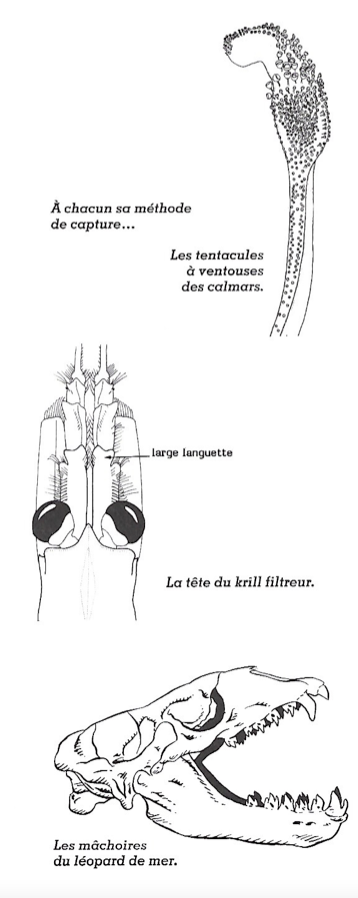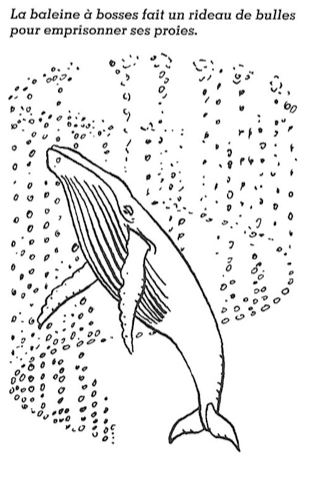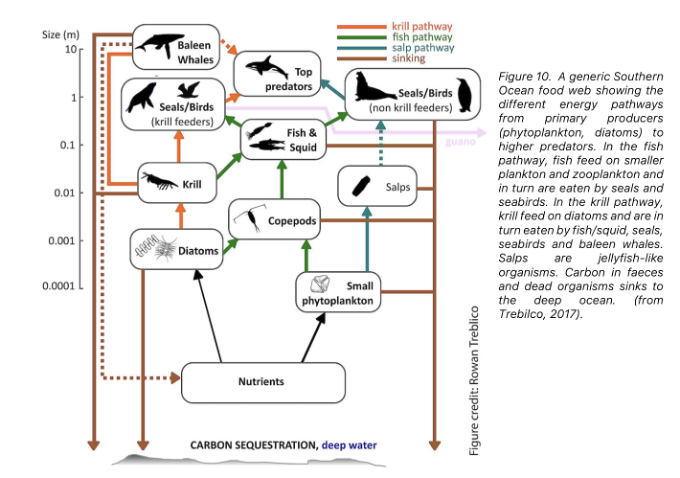Polar Encyclopædia
OCEAN FOOD NETWORK
What was long imagined as a food chain in the Antarctic Ocean (i.e. a series of successive links) is now seen as a complex network, with its branches and interconnections: the trophic network (from the Greek trophê, food).

Phytoplankton, feeding all other species directly or indirectly, is at the base of this network, which is structured in successive levels from the smallest organisms to the largest. The smallest, the primary producers, are able to transform mineral matter such as CO2 and oxygen into organic matter through photosynthesis: they are said to be autotrophic. These primary producers are eaten by consumers of increasing size to reach the top of the food web with super predators like the killer whale.
Krill occupy a key position here since not only do they readily feed on zooplankton and phytoplankton, but more importantly they directly feed whales, birds, cephalopods, fish and some seals. Removing one level of predation immediately affects the others. Whaling in the southern seas until the turn of the century thus increased krill and seal stocks, destabilizing the network
The current estimate of the amount of krill in the oceans is rather loose: between 125 and 725 million tons. In any case, it seems that this amount is declining and estimates go as far as the loss of 80% of the krill biomass since the 1990s, which risks destabilizing the Antarctic food web.

The right whale "skims the surface to capture krill.
Another peculiarity of the Antarctic Ocean is that here, unlike in the rest of the world, it is not the land that enriches the sea through water runoff on a true organic soil, but rather the sea that enriches the mineral coast through bird and pinniped droppings (guano), helping the rare terrestrial life to sustain itself there.

For more details :
- La recherche n°178
- Livre de Greenpeace (May)
- Grand Atlas Universalis de la mer
Support the project with a donation
The Polar POD expedition is one of the stamp of the pioners, a human adventure coupled with a technological challenge, an oceanographic exploration never before carried out which will mark a milestone in the discovery of the oceans.
Thank you for your support !
